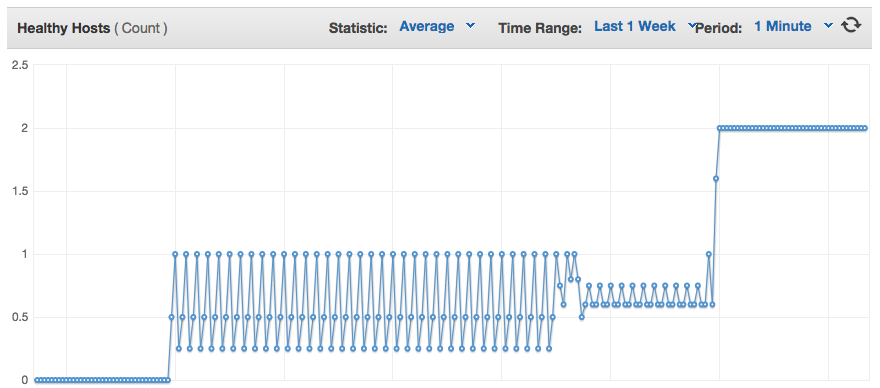One of the more subtle bugs that a lot of companies miss is Server Side Request Forgery (SSRF). Like it’s cousin CSRF (cross-site request forgery), SSRF involves carefully crafting a request that runs in a way that the original developers didn’t expect to do things that shouldn’t be done. In the case of CSRF, one site is making a request on behalf of another in a user’s browser (cross-site), but in SSRF, a request is being made by a server on behalf of a client, but you can trick it into making a request that wasn’t intended.
For a perhaps more obvious example, consider a website with a service that will render webpages as preview images–consider sharing links on a social network. A user makes a request such as /render?url=https://www.google.com. This goes to the server, which will then fetch https://www.google.com, render the page to a screenshot, and then return that as a thumbnail.
This seems like rather useful functionality, but what if instead, the user gives the url: /render?url=https://secret-internal-site.company.com. Normally, company.com would be an internal only domain that cannot be viewed by users, but in this case–the server is within the corporate network. Off the server goes, helpfully taking and returning a screenshot. Another option–if you’re hosted on AWS–is the AWS metadata endpoint: http://169.254.169.254/latest/meta-data/. All sorts of interesting private things there. Or even more insidious, /render?url=file:///etc/password. That shouldn’t work in most cases, since most libraries know better than to rener file:// protocol URLs, but… not always!
